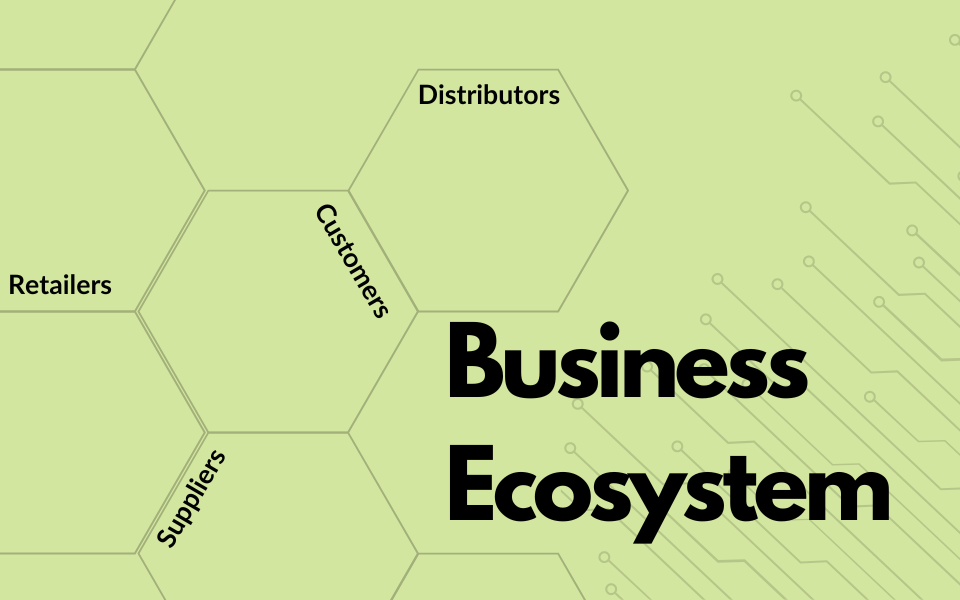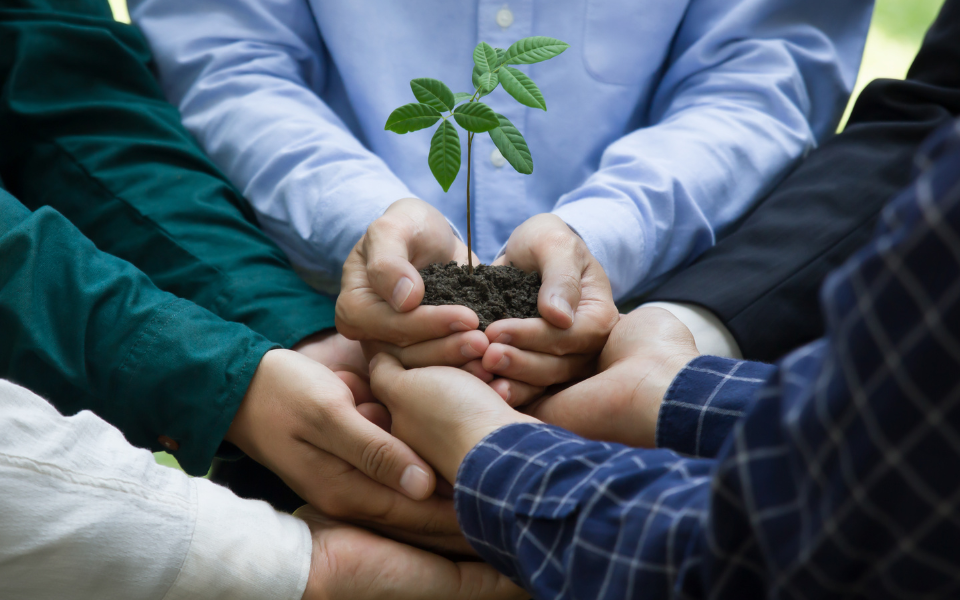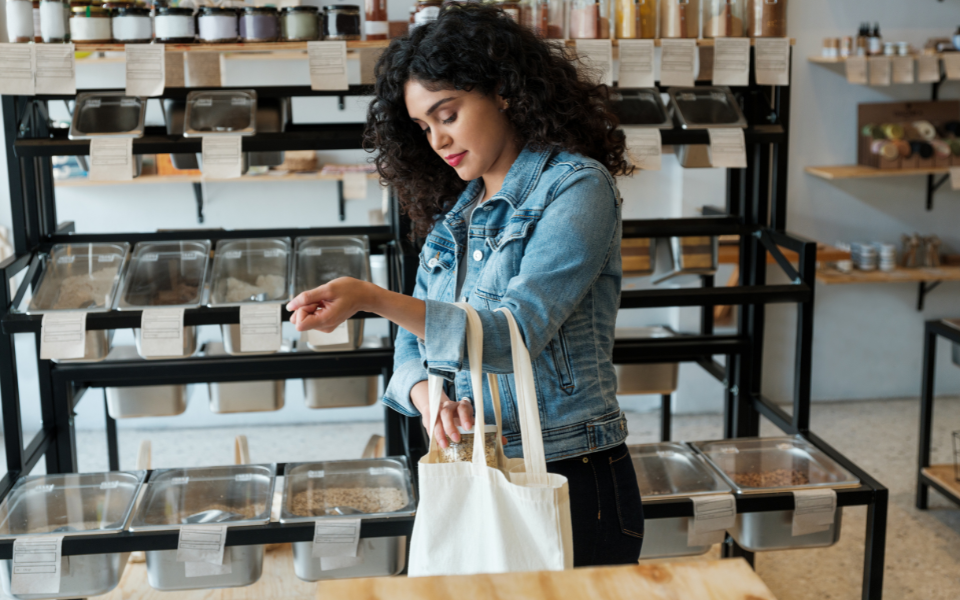Biz Spotlights
Greening Your Business Ecosystem
The word ecosystem generally brings to mind the environment and the many relationships, or interconnections, that exists between different living species. There is another type of ecosystem though, one that refers to the relationships that can exist between your business and other entities. Some of the most common groups businesses interact with as part of their ecosystems include suppliers, vendors, distributors, and customers. This means that businesses have many other opportunities to increase their sustainability, far beyond their own operations and facilities. Read on for tips on how to green your business ecosystem.
Suppliers
If you are buying raw materials or components, you might want to research the material and its sourcing to see if there is an alternative with less of an environmental impact. Potentially, you might also find a local option which would cut down on the emissions associated with the shipping of materials. If you are purchasing products or materials that come in packaging, look into bulk purchasing or check to make sure the packaging is recyclable in your area. Depending on your relationship with the supplier, you may be able to work with them on making changes in some of these areas.
Vendors
Your vendors may vary greatly depending on your business model; for example, many businesses hire third-party vendors for printing services. Check the vendor's website and don't be afraid to ask questions about their products and operations. In the case of a printing services vendor, you can ask about the recycled content in certain products or about the formulation of inks that they use. You might find that they offer more sustainable products or services, but that you need to ask and/or upgrade. Finding local vendors can also reduce the environmental impacts that result from shipping, as well as support other businesses in your community. An added bonus for using local vendors is building local business-to-business relationships that can help build brand awareness in your market area.
Distributors
Distribution can also look very different for businesses. Some businesses may have very little ability to change their distribution process- for instance, a restaurant that contracts with an online food delivery service that employs its own contractors who drive their own vehicles. However, another business might have more service options or negotiating power, like in the case of a contracted distributor who picks up cold goods from a manufacturer to then distribute to local grocery stores. If you do have the ability to choose what distributor you use, you might consider one that uses either electric vehicles or vehicles powered with natural gas. If you find that those options aren't available, you could then look for one that intentionally manages schedules and routes for trip reduction and mileage efficiency.
Customers
If you have customers that come to your store for in-person purchases or service, the answer may be as simple as reuse. If your customers use bags or other single-use items to carry goods out, encourage them to bring their own reusable bags or containers. This helps with building your relationships, and saves you money, in addition to enhancing your business's sustainability.





